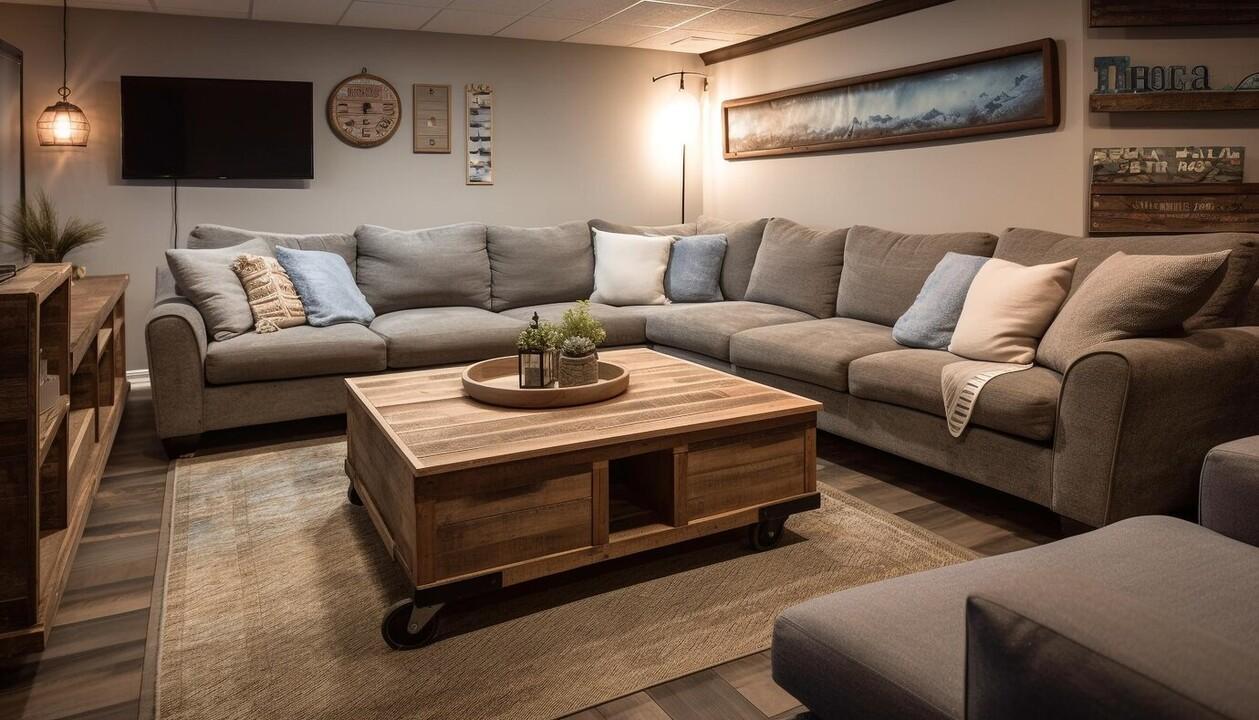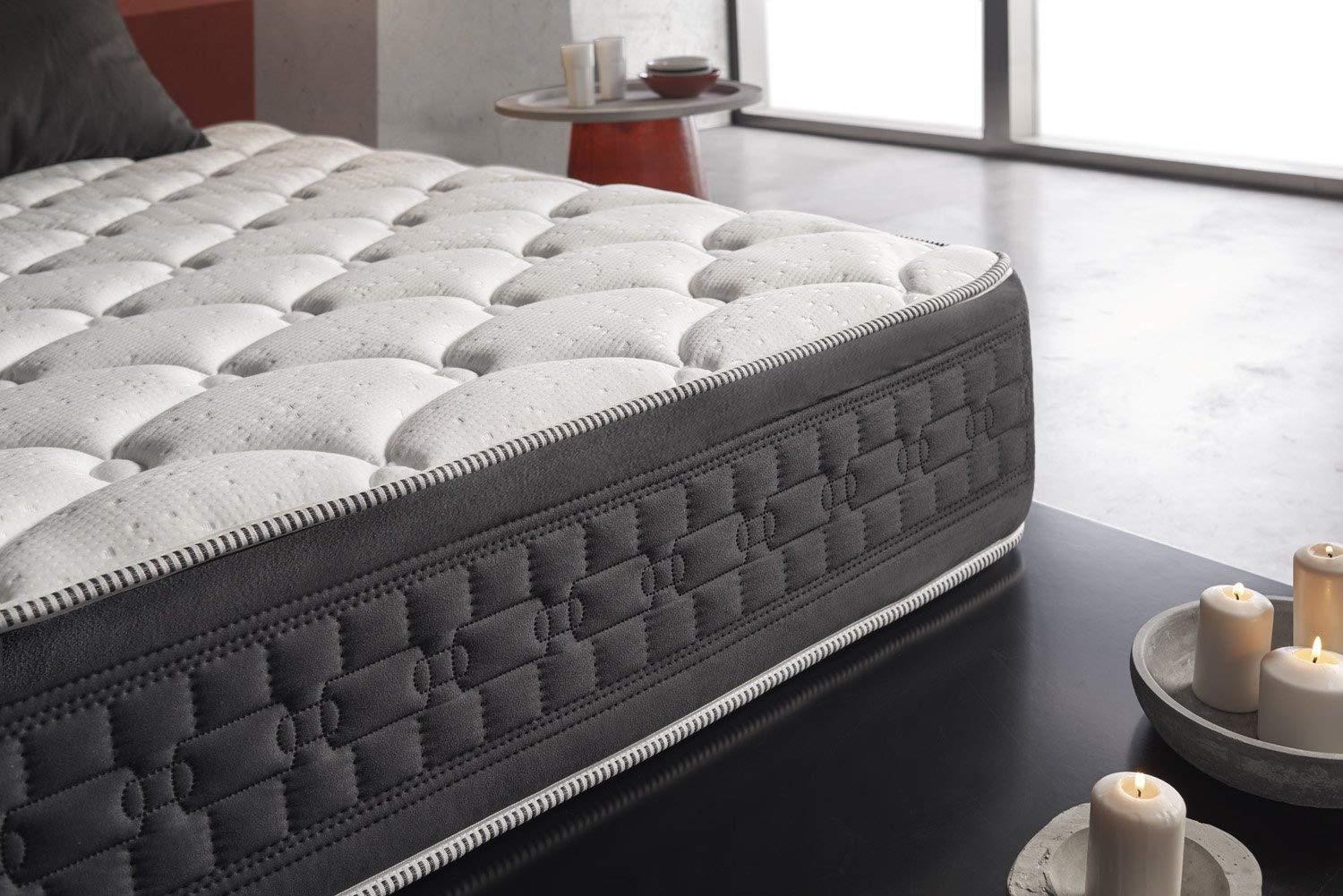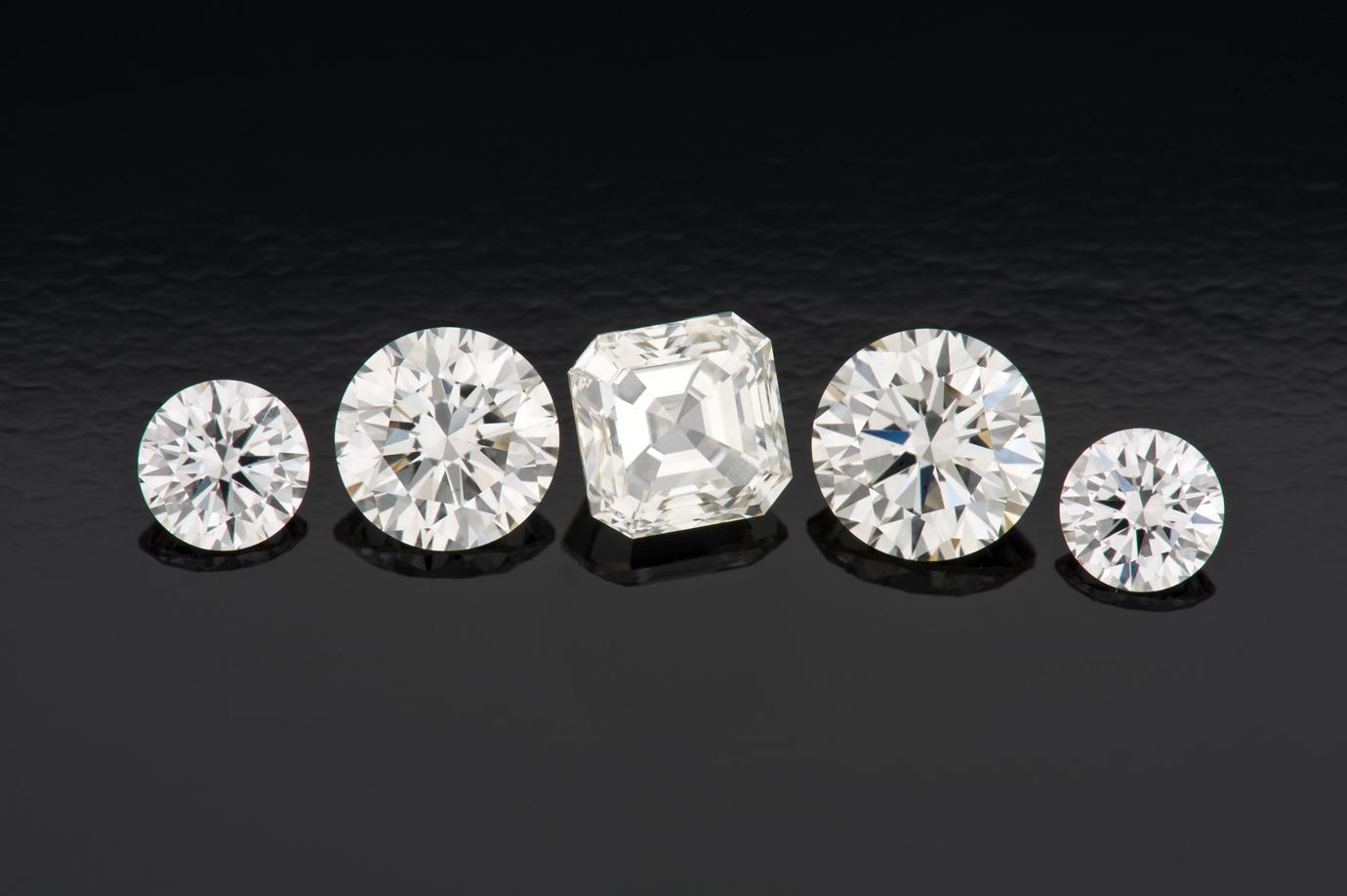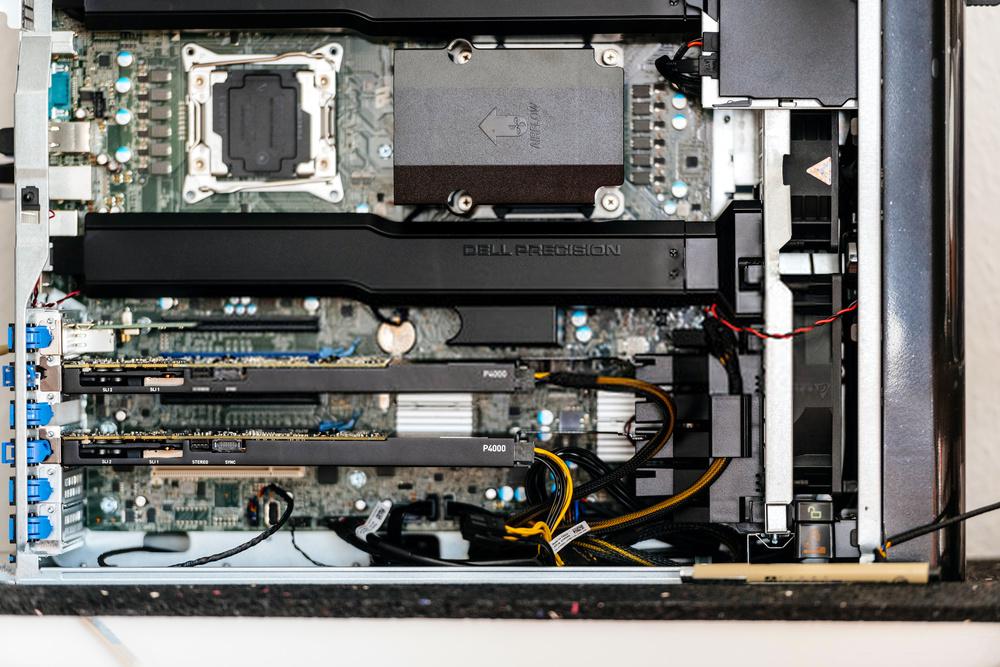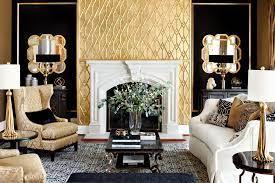
Ethernet cables are in use everywhere, from office buildings to house computers, and from satellite links to cell phone towers. There are various kinds of Ethernet cables, ranging from the standard Cat 6 or ten Gig Ethernet cables used for high-speed connectivity, to the vaguer Fiber Optic Cables that connect network sensors and cameras. Each of these different Ethernet cables has its advantages and disadvantages. The most popular types of fiber optic cables are the ten Gb or a hundred GigE Ethernet cables used for consumer-grade connections. These are also commonly referred to as Blue Ethernet cables. They make such cables from high-quality copper strands, instead of the low-grade Cat 6 or fiber-optic alternative which isn't only less expensive but also has a lower bandwidth capacity.
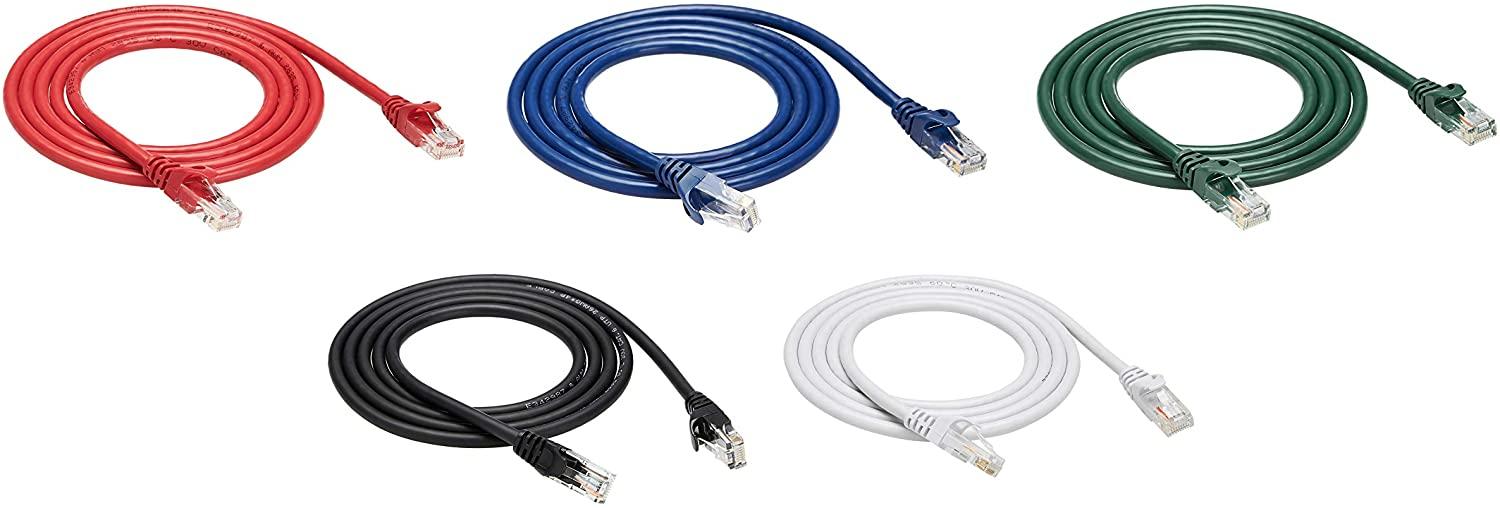
The Differences Between Different colored Ethernet Cables
- While they usually utilize both sorts of Ethernet cables in residential and business applications, the difference is between speeds they can support.
- The top speed limitation for Blue Ethernet cables is 10 Gb, while the standard Ethernet cable can support up to twenty GigE. The major draw towards Blue Ethernet over the typical kind is its lower cost, in turn, beneficial to customers who wish to cut back on their monthly telecom expenses.
- Besides the obvious differences in the physical attributes of the two, there are also a few other things to consider for choosing between different colors of Ethernet cables. For instance, optical Ethernet cables are generally more expensive than those with fiber optics.
- They also differ in the aesthetic appearance, with some leading brands using colors that may clash with the insides of the residence or workplace. Copper strands also have different colors. This is the reason you have to be very careful in determining the best color code to turn your office or home look visually attractive.
Variations In Ethernet Cables Based On Their Colors:
Besides the different cable color standards, also, there are subtle variations in Ethernet cable designs and wires' performance. By way of example, while both kinds of cables have high bandwidth capacity, the former has a lower power consumption. This is due to its smaller physical dimensions, which makes it much easier to install and manage. In contrast, copper wires, which are longer and heavier, are better able to perform high bandwidth transmissions. When it comes to purchasing these wires, there are two choices available to customers. First, consumers can choose between standard, premium, and blue colored Ethernet cables.
Standard and superior cables have comparable performance levels, but the former is generally more affordable. Consumers looking for budget-friendly options, on the other hand, can opt for blue colored fiber optic cables. In terms of the color scheme, most top brand manufacturers adhere to the traditional red, white, and blue colors, although they do custom design some of their merchandise.
The Difference in Specifications:
Aside from the aforementioned basic Ethernet cable color standards, there are a few other minor specifications that are ordinarily used by manufacturers to specify the quality of their goods. These include cable length and gauge (the number of strands per inch), cable shielding thickness, and connector type. The amount of cable strands per square inch affects the durability and reliability of the signal, so manufacturers generally use the six-sided figure in their network cable color graph. However, you should remember different Ethernet devices require different connector types, and the amount of strands per square inch affects how connectors function with those devices.
Conclusion:
Aside from the channel numbers and gauge numbers mentioned above, manufacturers sometimes use product codes, manufacturer ID numbers, and other standard information in labeling their products. These can help potential customers know important information regarding their merchandise before buying it. One of the most important elements in an Ethernet cable color chart is the color code used for identifying distinct colors. As an example, blue stands for class C, which is the lowest speed standard; and it reserves red for top-of-the-line, high-speed Ethernet connections.
Also read about:
5 Must See Places to Visit in Alberta for Wanderlust
Classic Spring Trends To Plan For 2021
Best cheapest Internet Providers in Los Angeles in January 2021


